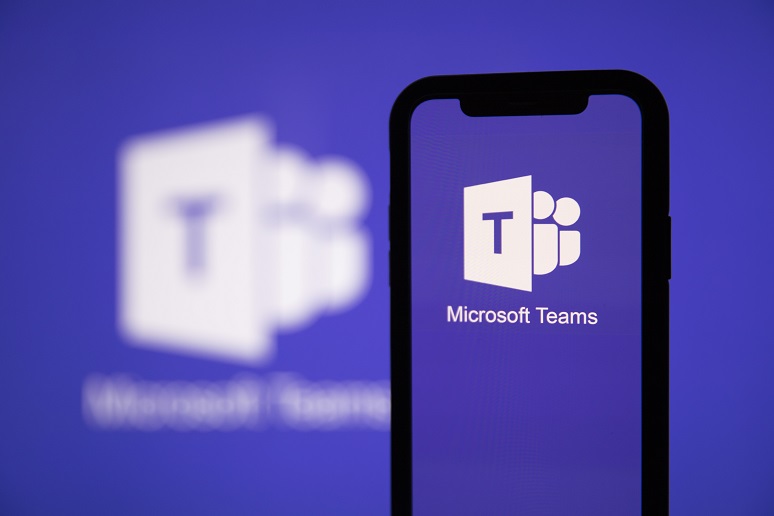As many enterprises have come to appreciate this period of everybody working from home, an all-in-one communications/collaboration platform like Microsoft Teams can work well to bring together a distributed workforce. But Teams’ Swiss Army knife of capabilities can be intimidating, too — and that’s something that enterprises shouldn’t let derail the promise of the platform, advised Kevin Kieller, co-founder and lead strategist of enableUC, during his Enterprise Connect Digital Conference session, “
Taming Teams for Distributed Work.”
Teams isn’t just for team collaboration, it’s also for video conferencing, voice calling, chat, content sharing, and social engagement, plus it serves as a knowledge repository and allows for integration with third-party applications as well as automation, Kieller noted. In fact, that Teams is
a rapidly evolving platform that happens to be available as part of the Office 365 licensing bundle is a big driver for Teams adoption, he added.
Going All-in on Teams: Making Sense of Licenses, Using Analytics
If your enterprise uses Teams but hasn’t gone “all-in” on the platform capabilities, now’s the time to do so, Kieller said. And what he means by that is making Teams your sole audio conferencing and voice solution, as well as looking for ways to automate workflow processes with Teams and integrate their other third-party applications into Teams, Kieller said.
But going all-in on Teams does require some additional work. For instance, to make Teams your phone system, you need the appropriate license, a connection to the public switched telephone network, and proper configuration. Outside of the free Teams licenses, enterprises have the option to select several enterprise-grade or frontline worker licenses. Typically, enterprises will also need an audio-conferencing add-on, which allows users to dial into a conference bridge with a Microsoft-provided phone number, and a phone system license, Kieller said. Additionally, Microsoft offers several calling plans, in case you want Microsoft to be your carrier.
And like so many IT services and solutions, analytics and performance metrics are key to understanding how well Teams is doing, according to Kieller. He stressed the idea that analytics isn't about simply running a ton of reports — it's about getting actionable insight. And IT admins have a variety of sources to get this insight from Teams, including Office 365 admin reports, Teams admin reports, Power BI reports, and the call quality dashboard. As a best practice, Kieller recommended focusing on three areas to improve each month. For example, this might be underutilized functionality, Teams quality issues, or larger network issues, he said.
In closing, Kieller reiterated that WFH will continue to be a factor in the months and years to come, so getting Teams right will be crucial. Getting the full benefit of Teams requires experience and effort, along with maybe a bit of patience.










